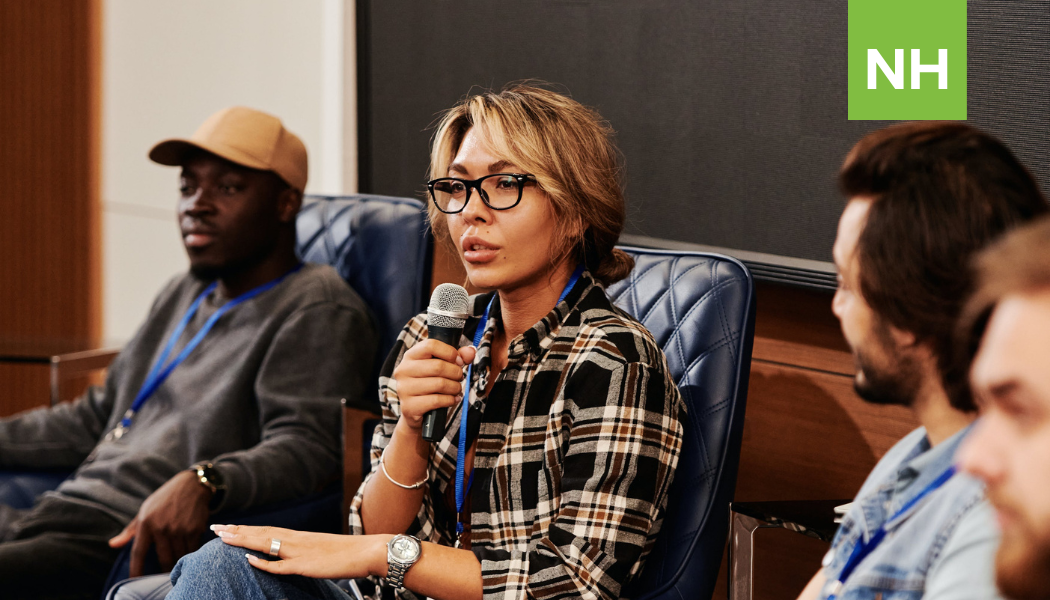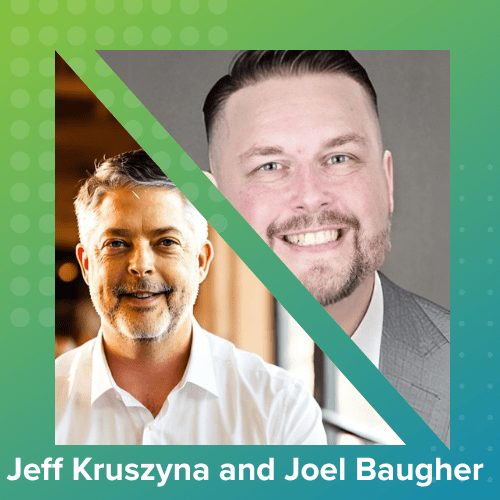It’s Time to Take Your Publicity Strategy to the Next Level and Market to Key Age Demographics
You want to drive more traffic to your website, and you have already put the regular best practices to work. You send out newsletters and post regularly on social media. And you engage with your followers. You’re ready to take it to the next level, but how?
Ideally, your digital marketing presence will grow steadily and consistently, even if it is slow. ‘Slow-and-steady-wins-the-race’ is a solid approach to digital marketing for long-term growth. However, you may be asking yourself whether there are any remaining levers or wheels you can maneuver to accelerate growth. There is a world full of voices out there competing for your donors’ attention.
Other organizations may also be using best practices, so how can you get an edge? The resources and strategy ideas shared in this article center on reliable, practical steps you can take now to boost your nonprofit’s visibility and market to key age demographics.
1. Age Bracket: 18-35 — Resource: YouTube Shorts (and TikTok)
Let’s say you have a YouTube channel where you post podcasts, recorded events, or informational content. You need to incorporate YouTube Shorts. Unlike the standard YouTube fair, YouTube Shorts videos are restricted to 60 seconds. Viewers interact with the content by swiping left and right between videos. This means that a significantly higher number of people (who are not even looking for your content) will land on your videos. Try to keep viewers engaged for most of the runtime. Then, the algorithm will automatically show your video to more people.
Getting a few thousand views on a YouTube Shorts video is common. The trick is to first get audiences hooked and then to keep them engaged. A hook can be something as simple as “If you are interested in nonprofit work–you need to know this…”. Keep in mind that even if you get 100,000 views on a video, it is likely to only translate into a handful of new subscribers. Five to 10 on a good day. But if you stay consistent, picking up a few new subscribers here and there — your growth rate will be at light speed compared to what you get with standard YouTube.
So, you’re planning to upload to YouTube Shorts? You should also consider TikTok. TikTok and YouTube Shorts go hand in hand. Both exclusively host 60-second videos with a 9X16 aspect ratio, a swipe function, and similar algorithms. If you post on one, there is little reason not to share that same content on the other and get more views. Using TikTok and YouTube Shorts is a dependable way to boost your digital presence among young adults aged 18-35. Just keep in mind that you must also tailor your content to this age group. Speak about their concerns, interests, and entertainment sensibilities.
2. Age Bracket: 35-60 — Resource: Help A Reporter Out (HARO)
HARO allows you to share your expertise (in this case, around nonprofit issues) by becoming a source that journalists and bloggers can use for their stories. If the benefits of this service are not immediately clear, think of it as a quick and straightforward way to get publicity. Position yourself as a thought leader, and build awareness around your mission. With the free membership, you receive multiple email lists full of journalist queries throughout the week. Simply specify your area of expertise on the site, scan the emails for queries relevant to your knowledge base, and then reach out to the reporters that match. People in this age group frequently visit digital news sites. The younger members also spend time on user-sourced blog sites like Medium, so do not undervalue the smaller publication venues.
3. Age Bracket: 65+ — Resource: Local and Network News
Historically, people in this age group are the most consistent in terms of giving donations. Notably, they are also big consumers of network and local news. Here, you have an opportunity to share your story with members of your community and establish a mutually beneficial relationship with local media. But to get your organization featured, you must first identify the interesting storytelling elements in its mission. Ways to do this include:
- Associating Your Story with Current Issues: If they impact your mission, current events can create an updraft that carries your story to greater relevance. So instead of pitching: “Local Clothing Bank Holds Drive for the Underprivileged”, you might instead find the story in: “Increasingly Unpredictable Weather Puts Pressure on Local Nonprofit to Provide Warm Clothing.”
- Finding Relatable Stories: Do you want your story shared in the community news? It needs to be community-oriented. If you run a food pantry, get to know your volunteers on a personal level. Understand what drives them. Listen for stories like: “89-year-old Community Matriarch Volunteers Every Friday Regardless of Weather Conditions” or “Two Caretakers of Mentally Challenged Athletes Find Love at the Special Olympics”.
Finding relatable stories within your organization does not mean marketing your mission. Instead, it involves paying attention to the interesting residual effects of your nonprofit that are outside of your control. Because if you find something unexpected and interesting, chances are that others will, too. Learn more by checking out our blog post “Six Ways to Generate More Media Coverage This Year”.
While maintaining a steady and consistent social media presence will always be a reliable foundation strategy, keep an eye out for innovative solutions to get a few more clicks, a few more likes, and a bit of an edge. This way, you can succeed, stand out from the crowd, and keep top-of-mind awareness with your communities and help you market to key age demographics.







